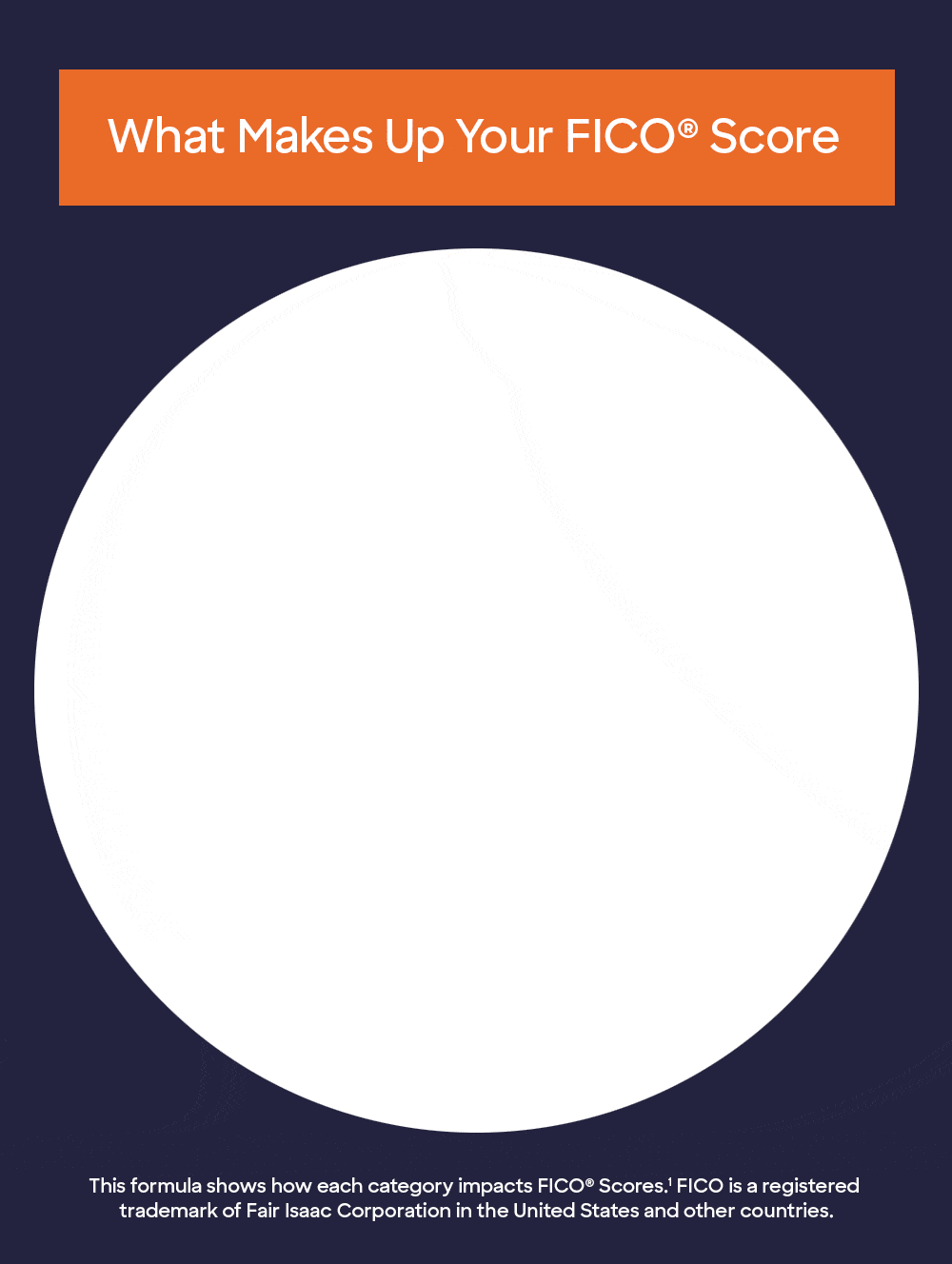A good credit score can help you achieve many goals, from opening a new credit card to renting a home. Your credit score often determines your eligibility for a personal loan or credit card, interest rates, loan terms, loan amounts and credit limits.
With a good credit score, you could qualify for a higher credit limit and lower interest rates. A lower credit score may hurt your chances of qualifying for the best credit cards or loans available. With a low score, you may only qualify for a low credit limit or a high interest rate.
Let's talk about how credit scores are calculated and what makes up a credit score so you can build your credit history and work towards a good credit score.








